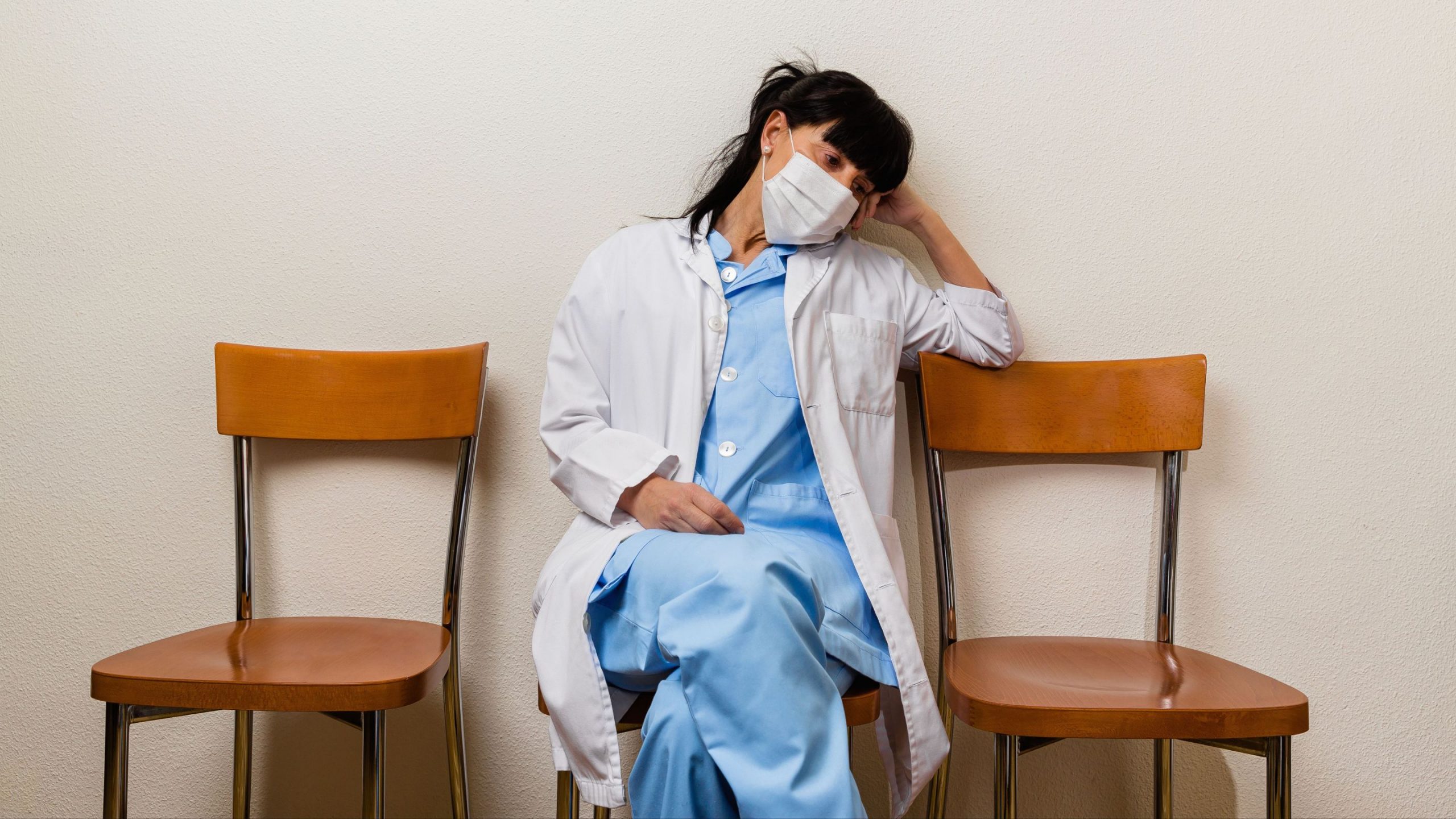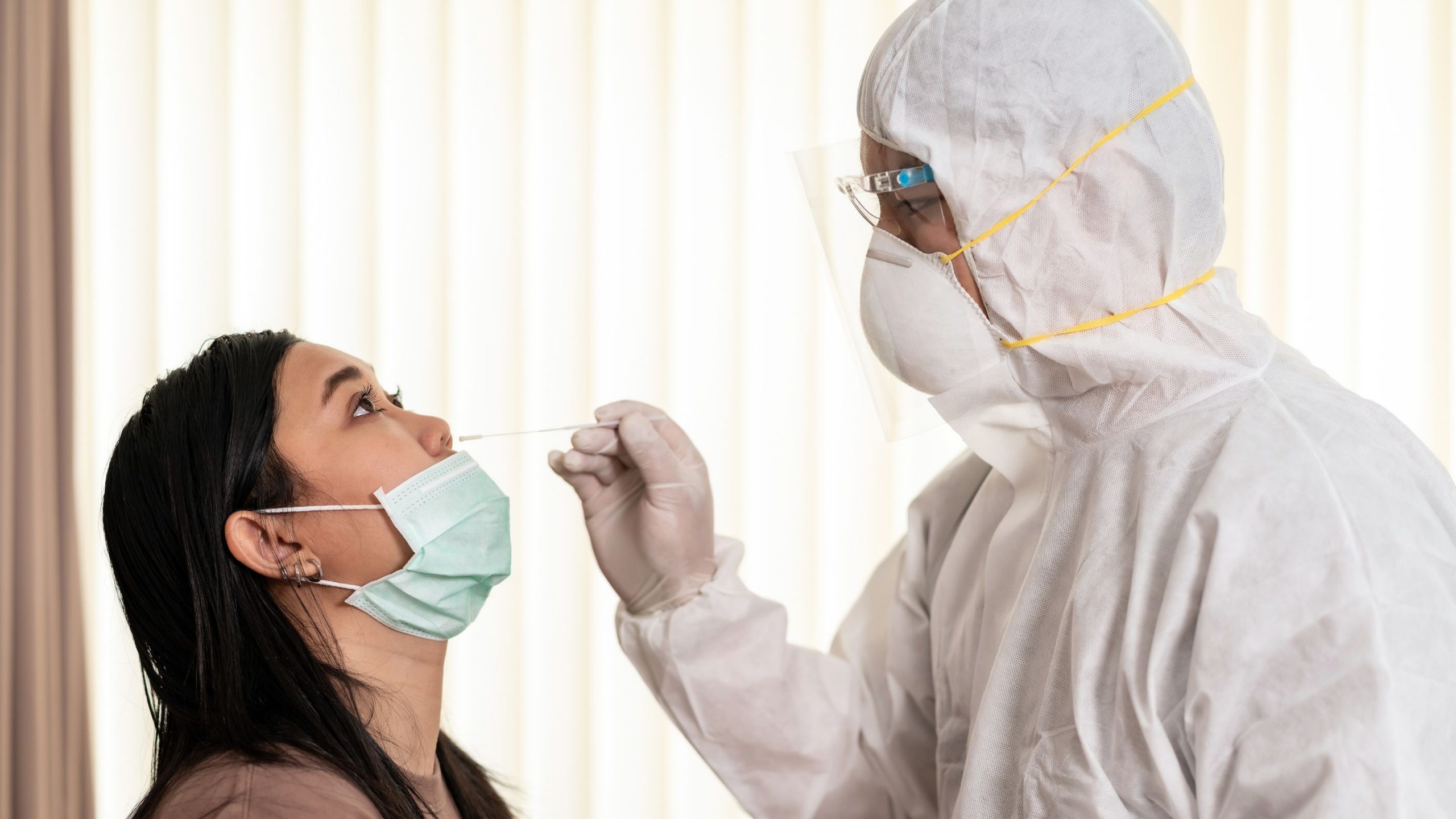
TRIP 3, JOURNAL #3
I am finally returning home from my third trip today. Things have been somewhat quieter lately. COVID is still lurking in the background, but it’s become more of a phantom than center stage. It’s still unquestionably here, but the hospital is less than 50% COVID units now. They’re keeping me on staff through July, despite the downtrending numbers. They’re having me staff the MICU for a few days in June, but for my next stint I’ll primarily be on the long-term vent unit. It’s the unit dedicated to patients who have failed vent weaning and are expected to be on ventilators long-term or indefinitely. I strongly suspect they’re actually keeping me on staff through July because they’re anticipating a second surge and want to be able to shift me back to the emergency department quickly. There aren’t many of us traveling practitioners who remained — perhaps four others who will be here through June, only two or three of whom are staying into July.

We’re having a more normal number of deaths now, too. I’ve been primarily in the non-COVID ICU over the past week, though we have had a few people pending tests in our department. It’s hazardous to do it that way — they were considered fairly low-risk, but the non-COVID ICU is located in a totally open unit normally used for post-anesthesia recovery. There are 25 beds here, about five of which are isolated together in their own room next to the OR. Those five are normally used for the critical care cases — patients that were either going to the ICU after surgery or who were difficult to manage postoperatively. The remaining 20 beds are in an open area, separated by short curtains. The beds are perhaps 5 feet apart. When the unit is full during the surgical day, it’s usually bustling and space is a commodity. It’s an infection risk, but almost anything looks good compared to the virtual guarantee of catching COVID by merely entering the hospital unprotected.
One of the patients, the one we staged the COVID circus for, might be approaching discharge. He’s almost entirely off his ventilator but is still oxygen-dependent. He has a particularly tough journey because he’s an undocumented immigrant, so he’ll have very limited to no access to the follow-up care he’s certain to need after discharge. A long-term facility won’t take him because of the payment issue, and he won’t be able to see a clinic or likely pay out-of-pocket for home oxygen tanks. He’ll be with us for a while yet, but we cannot responsibly discharge him while he’s still oxygen-dependent knowing he does not have access to life-sustaining care. The current plan is to keep him in hopes he is able to wean off the oxygen and go home with his tracheostomy. Even then, he’ll be in terrible condition, but the hospital will almost certainly discharge him once he’s not likely to die if sent home. He’s lost at least 50 pounds, including almost all of his muscle tone, and he will need to re-learn how to do everything: walk, feed himself with silverware, get dressed, brush his teeth, etc. If he’s lucky he might survive long-term — most patients in that condition are not long for this world because they’re at such high risk for other infections.

It’s a bit bittersweet to return home. Wisconsin’s numbers have continued to climb. Predictably, two weeks after our Supreme Court struck down the shelter-at-home orders, the number of WI positive cases per day has nearly doubled. Some of the more rural counties containing tourist towns, like Walworth County (Lake Geneva relies heavily on summer tourism), have seen enormous increases in caseloads. Their case per 100,000 rate is over 360, considerably higher than the state caseload of 290 per 100,000. Only five counties are worse: Milwaukee, Brown (Green Bay), Rock (south central, bordering Illinois), Racine, and Kenosha (southeast Wisconsin near the Illinois border). Apparently, tourists from neighboring states like Illinois have been coming into Wisconsin to “escape lockdown,” which is a pretty big problem when you consider that Chicago is having a major outbreak. Walworth County only has two hospitals totaling about 80 staffed beds, 12 of which are ICU-capable. An outbreak there would be catastrophic to the community.
JACKIE CHRISTIANSON
Author
Share this post
Nurses International is a non-profit entirely focused on helping nurses obtain the education and the support they need to make a difference in developing nations worldwide.
We connect colleges and institutions with experts who can take their nursing programs to the next level. We help establish new nursing programs where they’re needed most. And we eliminate the barriers that stand between students and education.
QUICK LINKS
CONTACT US
FOLLOW US
EIN: 46-4502500